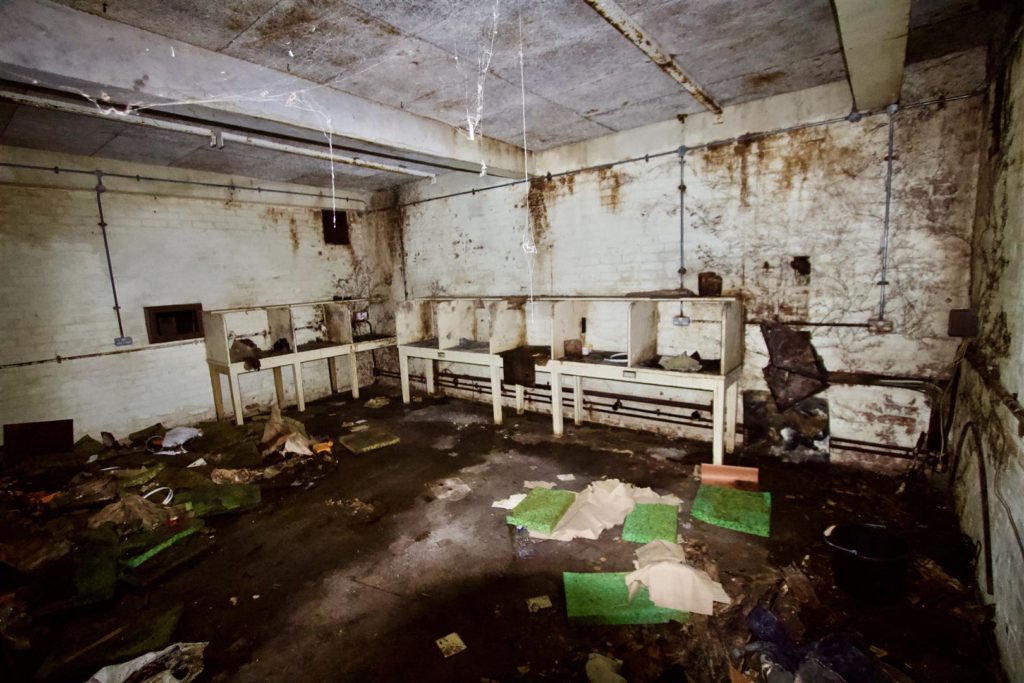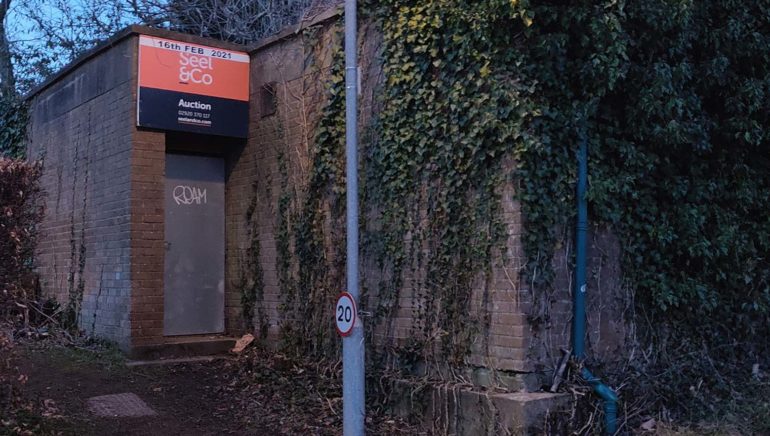
Llandaff residents have suggested the building could be converted into a museum, restaurant or café
A BUNKER in Llandaff used for civil defence purposes during the Cold War is being investigated to see how it can be repurposed.
The council-owned building was due to be auctioned this week but was taken off the market last Monday to allow the Insole Court Trust, time to bring a proposal to the owner Cardiff Council.
“The Insole Court Trust requested time to undertake surveys and investigate alternative uses,” said Gray Hill, director for the Insole Court Trust on Wednesday.
“As Insole Court has a history of civil defence dating back to the second world war, we want to ensure that the site’s heritage is preserved where possible.”
Mr Hill said that he would like the Insole Court Trust, a Llandaff-based charity, to refurbish and eventually open the bunker to the public but isn’t yet certain what is possible.
“We need to be confident that the building is safe and suitable for visitors,” he said.
The building has fallen into disrepair and an asbestos warning sign was previously displayed at the entrance. The building has also been broken into and items stolen.
There is also local interest in the site and how it will be transformed.
“I live around the corner and I’d love to see it turned into a café, or independent restaurant of some kind, something that adds to the community. Parking is pretty difficult so ideally something that could be accessed by foot or bike,” posted Johnathan Ashcroft on one local Llandaff Facebook group.
“It should be put back as it was for children to learn about the Cold War … a mini museum,” posted Charlie Nind McDonald.
It was reported in 2013 by Wales Online that before the bunker was looted, the Llandaff Society had hoped to turn the bunker into a museum.
“There are ingenious ways of using it,” said chairman of the Llandaff Society Geoffrey Barton-Greenwood to the Cardiffian last week. He hopes the outside of the building could be preserved.
The building’s history
IN an article in 2018 Christopher Laucht and Martin Johnes wrote that the bunker was part of a network built nationally, with the Welsh headquarters constructed at Brackla Hill near Bridgend. Each county had its own nuclear bunker that was government-funded.
This was done as part of the government’s Civil Defence Services set up in 1949 out of fear of a Soviet attack. They included the Civil Defence Corps, a group of volunteers formed and trained to respond to a nuclear attack.
However, the building would have not withstood a nuclear attack. One leaflet from 1983 distributed by South Glamorgan County Council said that had a nuclear bomb hit Cardiff City Hall “practically everyone within two miles of City Hall would be killed. Nothing would remain. The city centre and buildings further away such as the Heath Hospital and Llandaff Cathedral would be levelled”.
The bunker is located less than 700m from the cathedral.
“It was not a nuclear bunker in the sense of being nuclear bomb-proof,” said Mr Barton-Greenwood to The Cardiffian last week. “It would have been used in order to supply efforts of civil volunteers in the event of a nuclear attack.”
The building would have supplied equipment such as respirators and stretchers to the volunteers.
However, during 1960s the Home Office and Ministry of Defence admitted that Civil Defences Services such as the Llandaff bunker would be very limited in the event of a nuclear attack, wrote Matthew Grant in his article Making Sense of Nuclear War in 2019.
The building was used by Civil Defence volunteers until the Civil Defence Corps was scrapped in 1968. It was then run by volunteers until 1984, and then as a store room until 1991.



